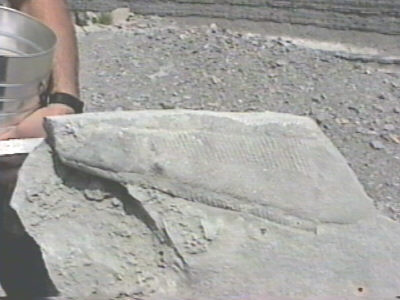
A VERY NICE and large Conularia.
Kope and Fairmount Formations
Click here for PICTURES of some of the people collecting fossils!
Here are some photos of the fossils found that day.

A VERY NICE and large Conularia.

Many large bryozoans that look like potatos.
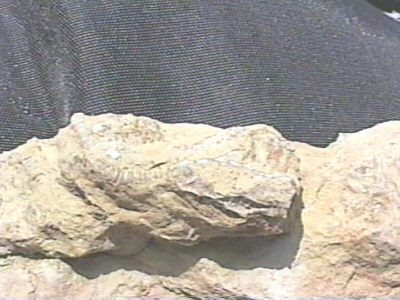
A beautiful Glyptocrinus Crinoid cup and
stem. It is hard to see in this picture because much cleaning is needed. The cup
is on the right and the stem on the left.
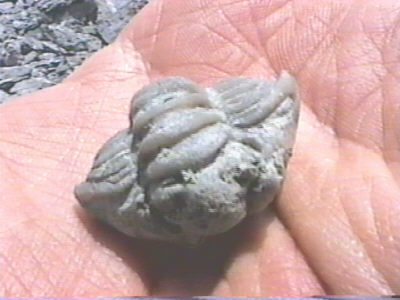
Of course, some Flexicalymene trilobites
were found. This one is the species meeki and has more pronounced genal
spines.
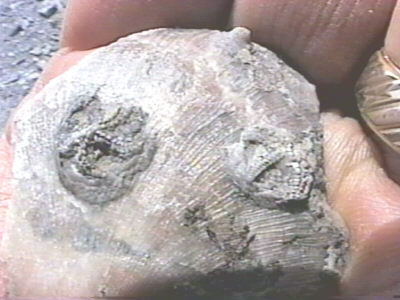
Here is a beautiful pair of Carneyella pilea Edrioasteroids
on a Rafinesquina ponderosa Brachiopod. Yes, they looked this
good when they were found.
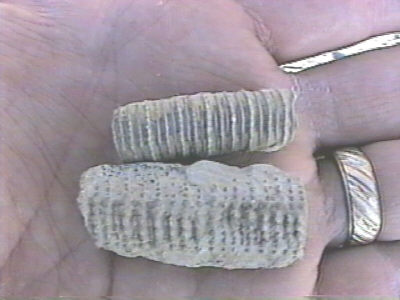
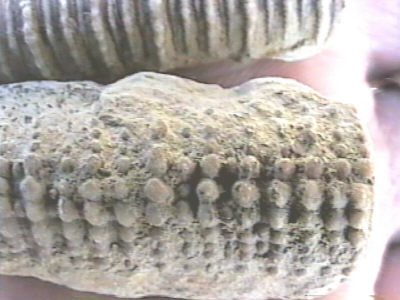
These two Crinoid stems are of the genus Anomalocrinus
and are of unusually large size. Note the incredible ornamentation found on the
one stem shown in the closeup.
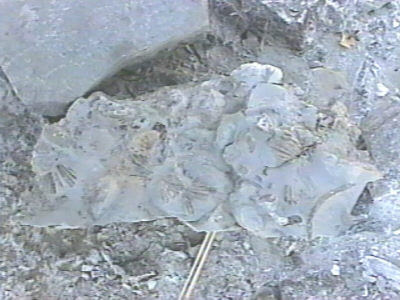
This rock was found to have two nicely articulated specimens of the Edrioasteroid Streptaster. The specimens are
pictured below.

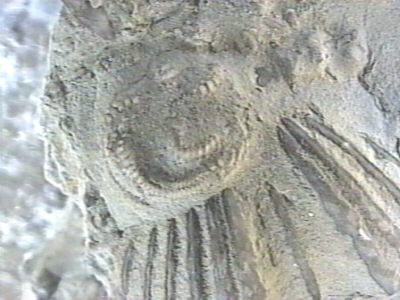
Here are the two Streptaster specimens found on the rock above. The
shale in these the specimens may be removed with some work.

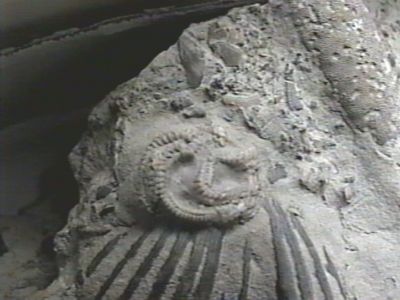
And here are the same two Edrios after Dan Cooper worked his magic cleaning them
with tools. Nice job Dan!

Several large specimens of an unusual Bryozoan named Escharopora were
found.

Many examples of calcite crystals were found, such as this one shown inside a
clam mold. One beautiful calcite crystal was found more than a couple inches
square. (not pictured)
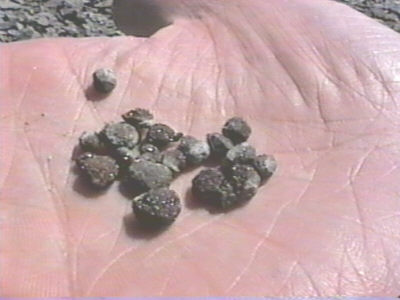
Pyrite crystals were also found in abundance. Many of them form nodules that
glimmer in the sun, as shown above.
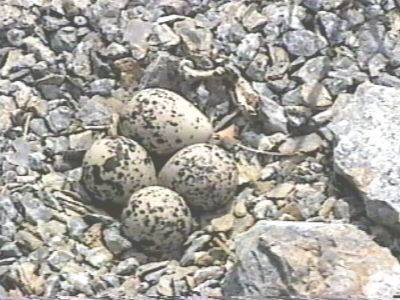
Of particular note, these Killdear eggs were found. These birds, I call
"Parking Lot Sandpipers", lay their eggs amongst the fossils and are
hard to see unless you are looking for fossils. They are well camouflaged, as
they appear to be speckled with black graptolites and Sphenothallus.
Click here for PICTURES of some of the people collecting fossils!
For more information on how to identify these fossils or for information on the Dry Dredgers, visit our Web site at http://drydredgers.org
The Dry Dredgers and individual contributors reserve the rights to all information, images, and content presented here. Permission to reproduce in any fashion, must be requested in writing to admin@drydredgers.org.